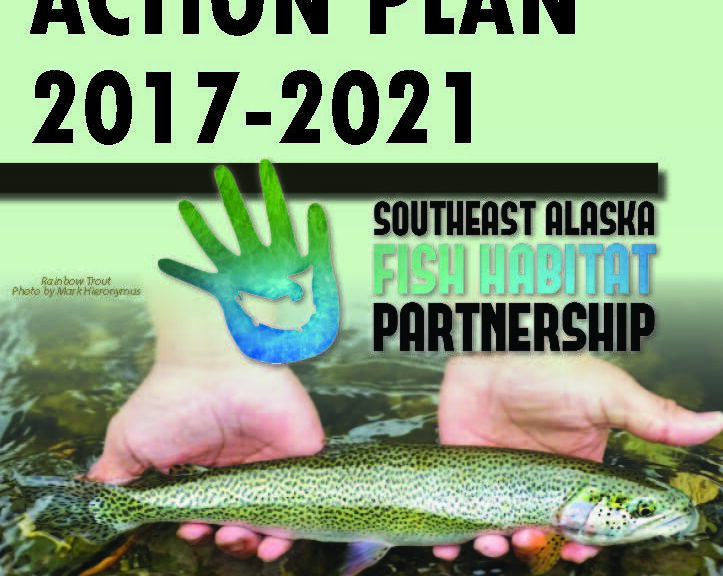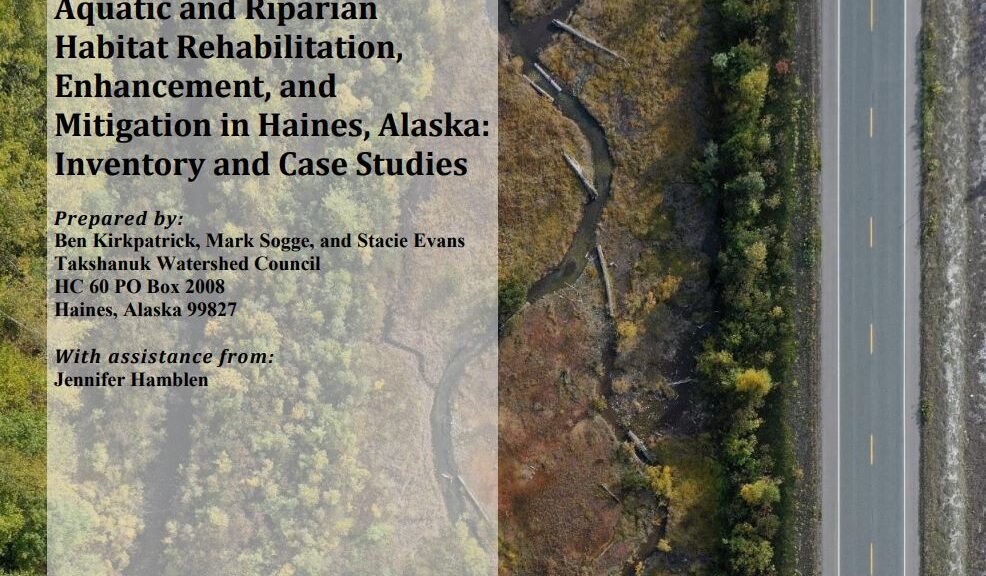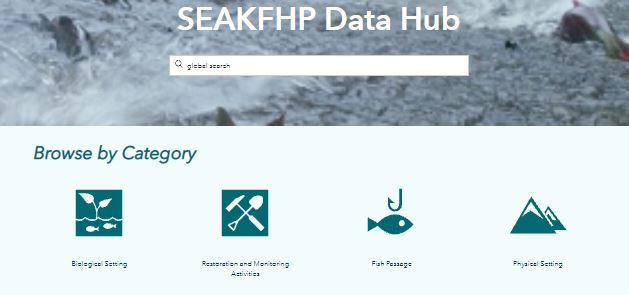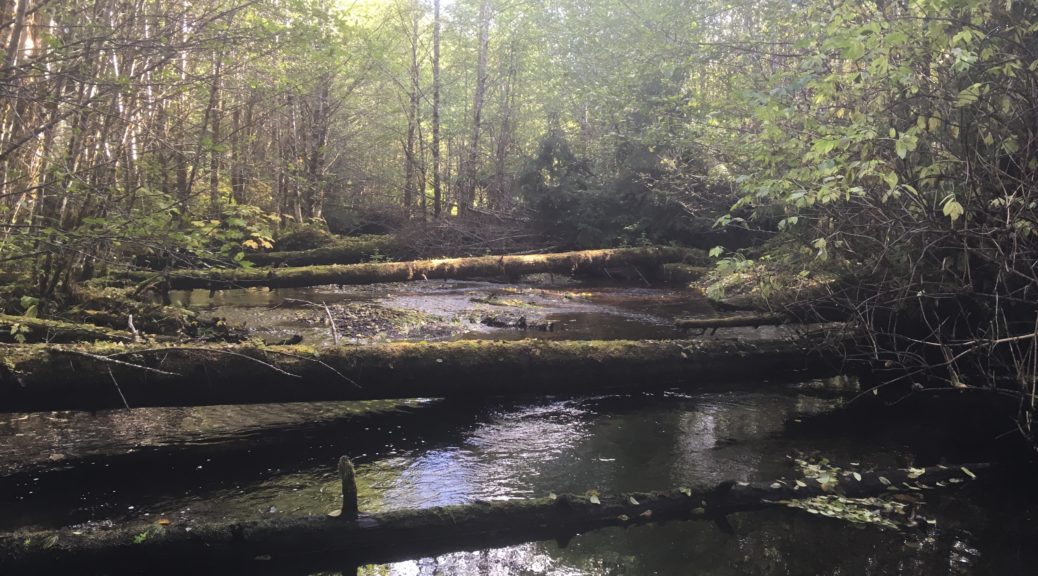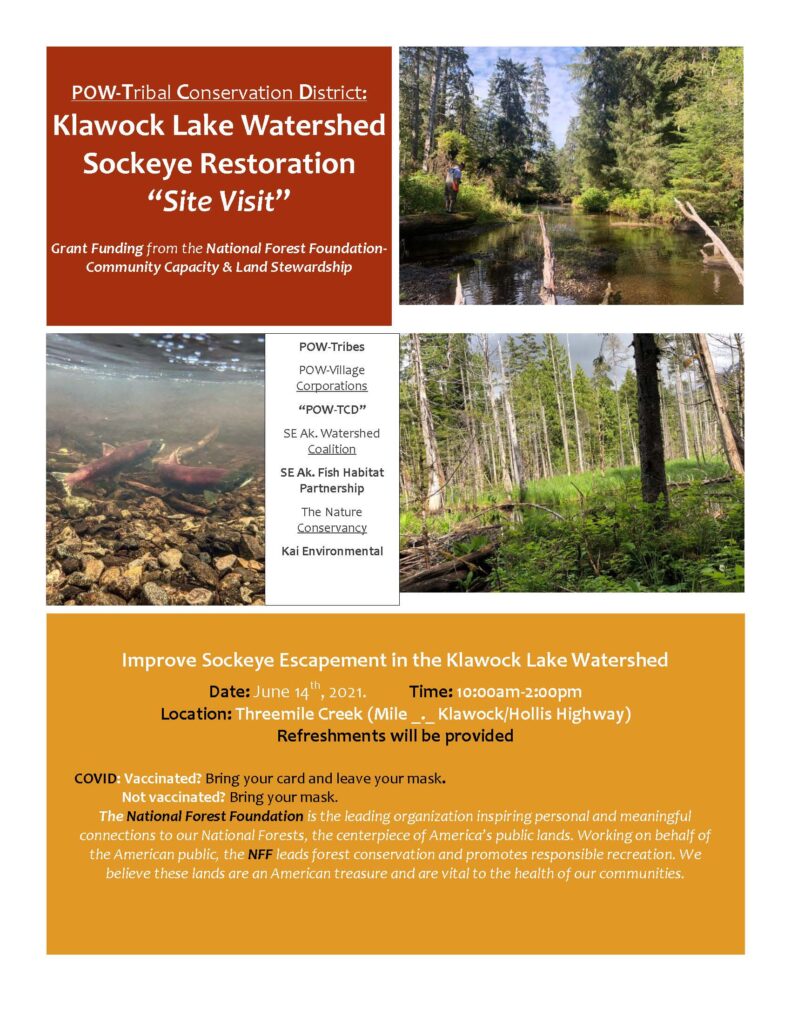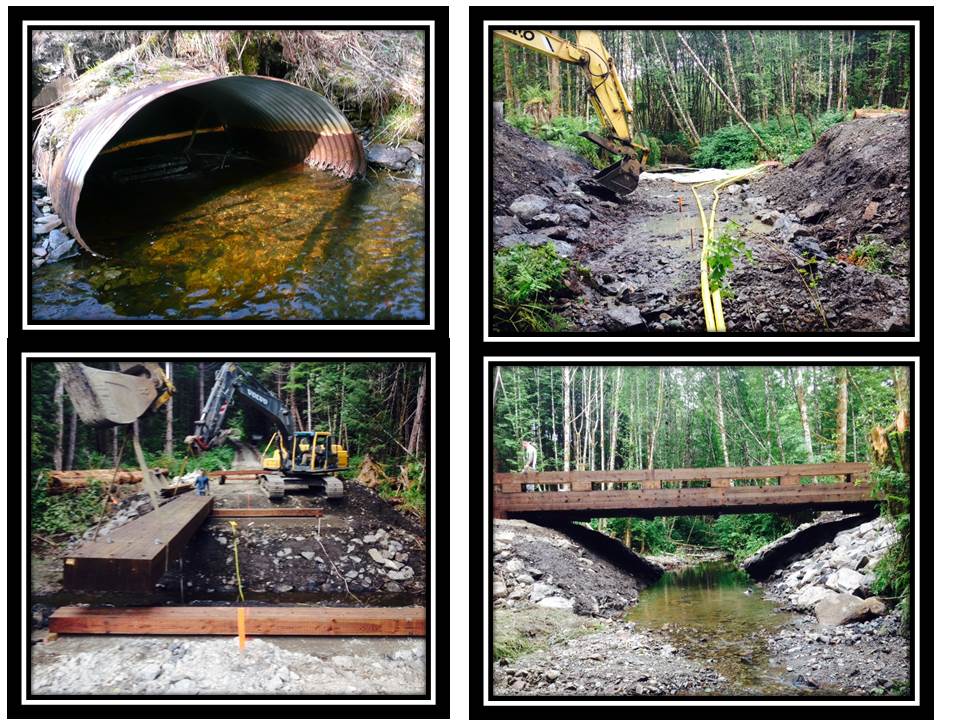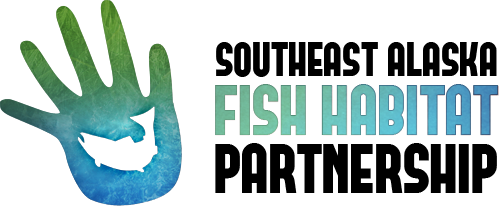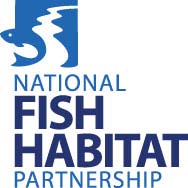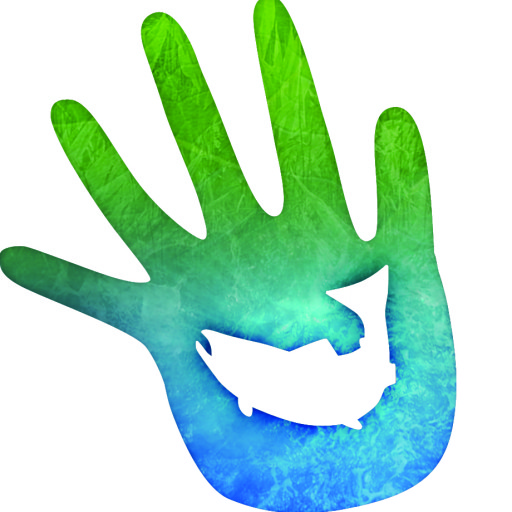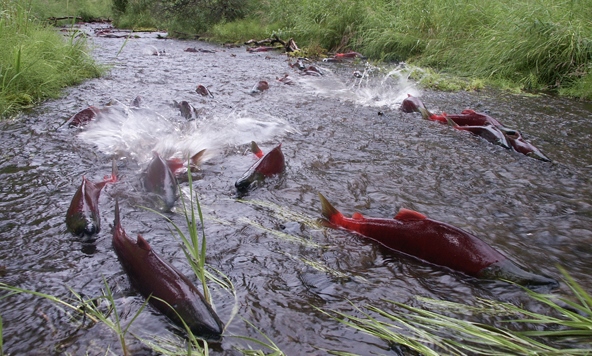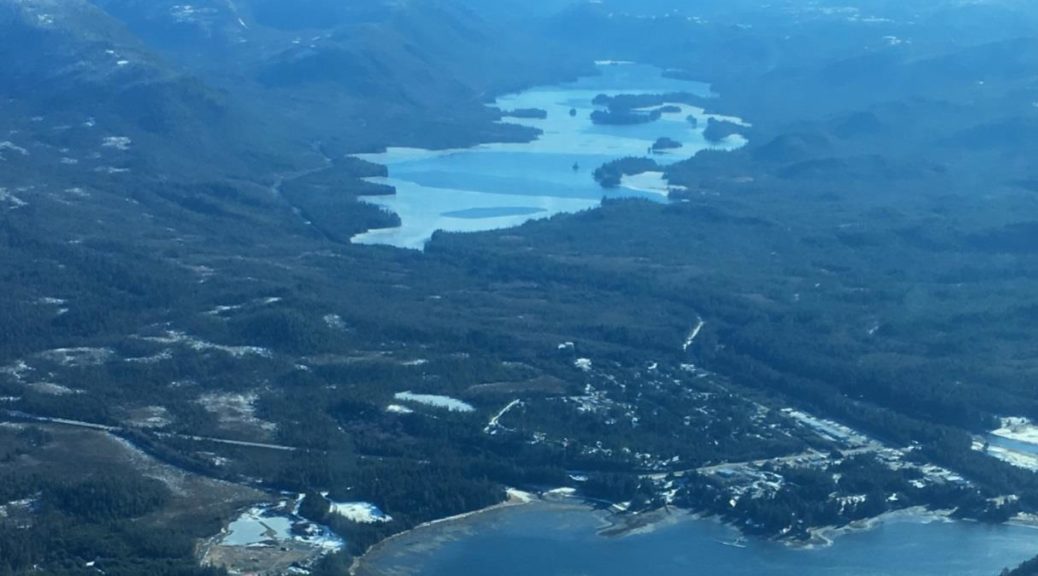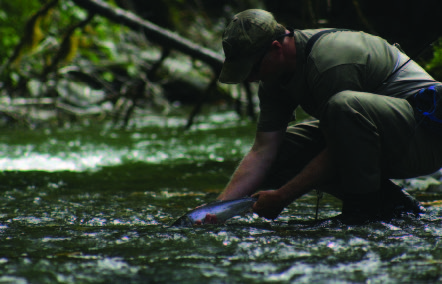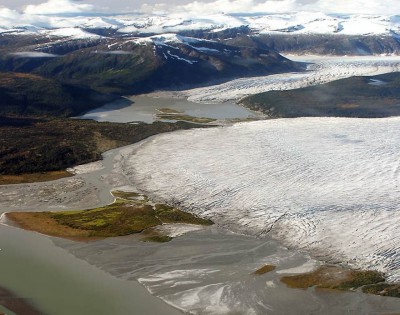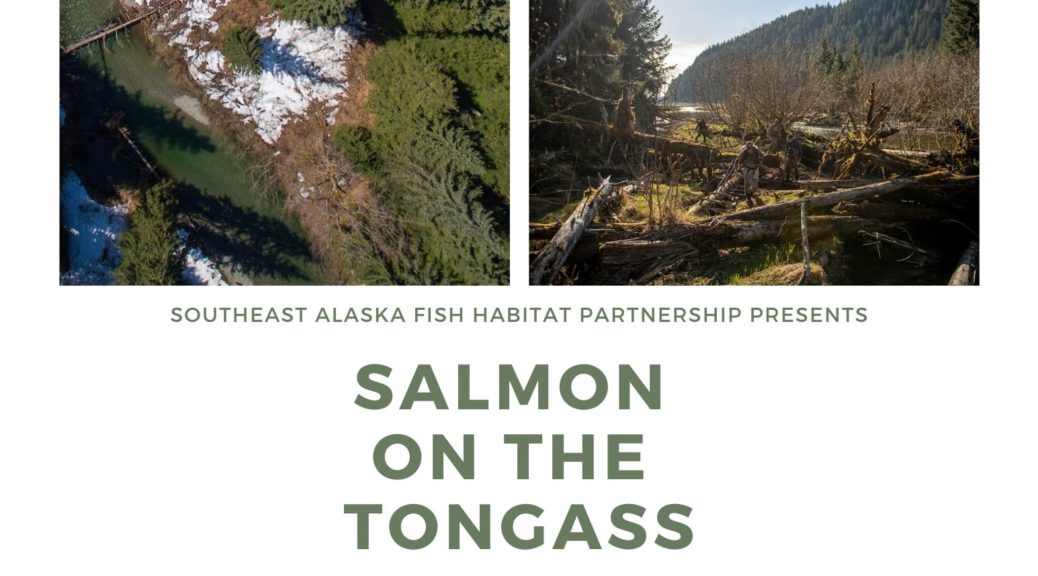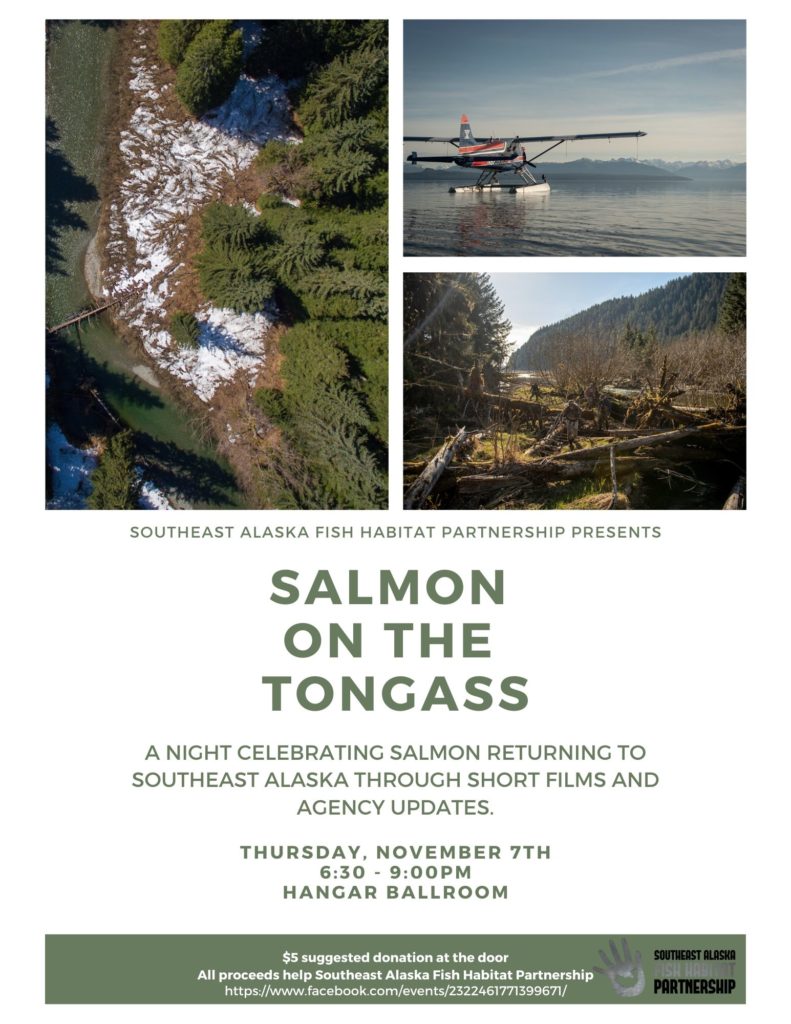To kick off 2022, the Southeast Alaska Fish Habitat Partnership will begin to review and update it’s strategic action plan. Updates on the revision process will be shared on this page. You can find our current action plan here: SEAKFHP Strategic Action Plan | Southeast Alaska Fish Habitat Partnership.
If you would like to be a part of the planning effort reach out to our coordinator at: coordinator@sealaskafishhabitat.org.
One part of our review process will be to explore other aquatic conservation planning efforts and include relevant information in our updated plan. Here is a running list of plans we will be reviewing (this list will be continually updated over the review period):
America’s Conservation Enhancement Act – signed into law in October of 2020, this Act codifies the National Fish Habitat Action Plan and lays out expectations for Fish Habitat Partnerships (which SEAKFHP is one of 20 currently recognized by the NFHP Board). Learn more here:
State of Alaska wildlife action plans and other stock status or conservation plans:
2015 Alaska Wildlife Action Plan
USDA Southeast Alaska Sustainability Strategy:
Tongass National Forest Conservation Plans:
Tongass National Forest – Land & Resources Management Plan (usda.gov)
Tongass-77-a-closer-look-2_3_15.pdf (americansalmonforest.org)
Community Watershed Action Plans:
HNFP Publishes Public Watershed Management Plan! – HIA Environmental (hia-env.org)
Water Quality Assessments:
ADEC DRAFT 2022 Integrated Water Quality Monitoring and Assessment Report (Integrated Report)

